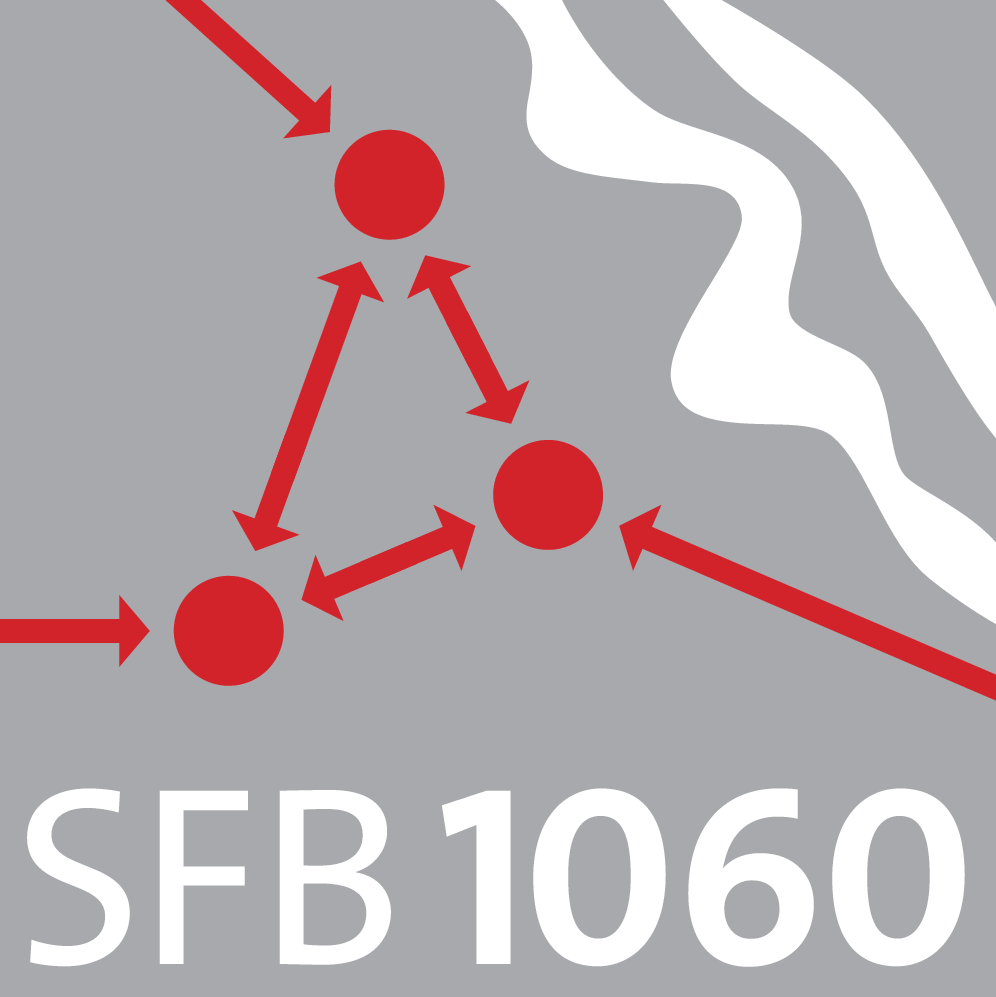A05 – From pair potentials to macroscopic plasticity
Metals under large stresses spontaneously generate dislocations, which are localized defects of the crystal lattice and can be seen as line-singularities of the elastic strain field. The motion of dislocations leads to plastic deformation which in turn is a key ingredient in the production, the usage and the deterioration of many metallic products. Although the existence of dislocations has been known for a century and many properties are phenomenologically well understood, the modeling of dislocations is still a developing field. In particular, most models only have a phenomenological basis, and most derivations include ad-hoc elements such as an artificial cut-off radius.
This project will address the energetic modeling of dislocations, which constitutes the basis on which in a later phase dynamic models can be constructed. Our aim is to derive a mesoscopic variational model for dislocations starting from microscopic assumptions and to understand the macroscopic consequences of our model. We shall work towards this long-term goal in stages, and in particular our project will focus on the following three aspects:
Firstly, we shall study point dislocations in a two-dimensional setting. This corresponds to straight parallel dislocations in three dimensions. We shall consider geometrically nonlinear models for dislocations, which do not impose a cutoff radius but instead let the energy, which has subquadratic growth at infinity, regularize the singularity. One key ingredient here will be the derivation of rigidity estimates with subquadratic growth for fields which are almost gradients, or, more precisely, for matrix fields whose rotation is a bounded measure.
Secondly, we shall address three dimensional dislocations which are contained in a few planes, within a suitable generalization of the Peierls-Nabarro model. Building upon previous work on the case of a single plane, we shall consider arrays of parallel planes, for different scalings of the distance, and small sets of non-parallel planes.
Thirdly, we shall investigate the macroscopic consequences of dislocation models, within the approach of relaxation theory. In particular, we shall study how specific assumptions on the local slip permit to identify the elastic and plastic contributions to the macroscopic deformation gradient, and therefore to justify microscopically the often used multiplicative decomposition \(Du = F_e F_p\).
| Name | Institute | Location | Phone | |
|---|---|---|---|---|
| Conti, Sergio | IAM | En60/2.027 | 62211 | sergio.conti@uni-bonn.de |
| Müller, Stefan | IAM | En60/2.032 | 62253 | stefan.mueller@hcm.uni-bonn.de |
| Ortiz, Michael | IAM | En60/4.036 | 62212 | ortiz@iam.uni-bonn.de |












